
Scientifica’s top neuroscience stories from June 2021
Scientifica's selection of June's best neuroscience research includes a technique that enables humans to hear ultrasonic sounds, elucidation of the 3D structure of a protein that transports omega-3s into the brain and the discovery that bacteria may play a critical role in controlling ageing.
1. First glimpse of brains retrieving mistaken memories
Using electrophysiological recordings, scientists at the University of Texas at Austin have seen for the first time what happens to place cells in the hippocampus when a mistake is made during a memory trial.
The recordings were undertaken as rats attempted to remember where a food reward was located and find it within a maze. When rats remembered the location of the food reward and successfully located it, a specific pattern of place cells activated with similar timing. Surprisingly, when they got the location wrong, the same pattern was observed as when they were correct, but the timing of the cell activation was slower.
By understanding what happens when a memory is not successfully retrieved, it is hoped that brain-computer interface technology could be developed to enable people with memory disorders to access lost memories.
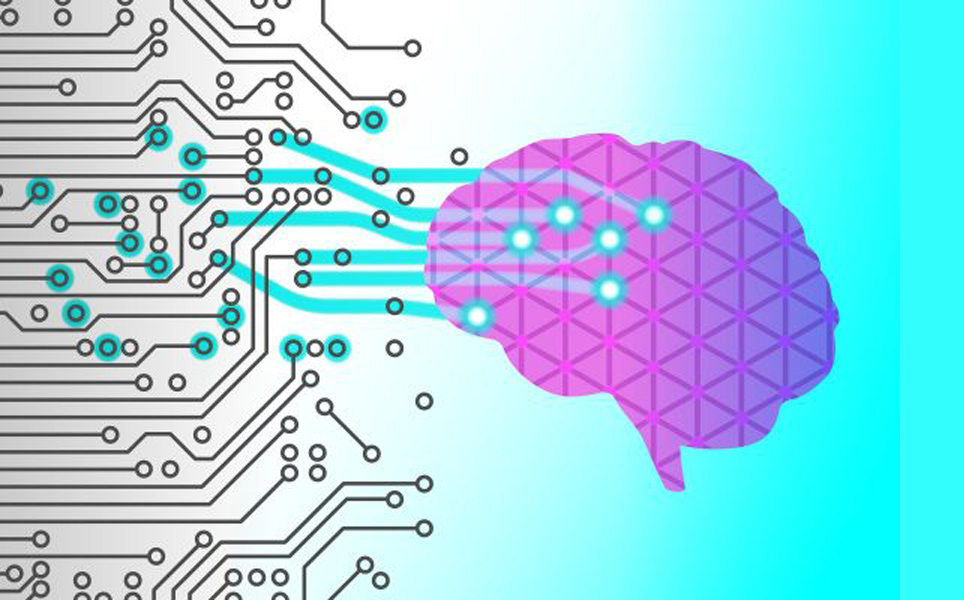
Understanding memory retrieval
2. Researchers translate a bird’s brain activity into song
A proof-of-concept study by researchers at the University of California San Diego has shown that it is possible to recreate a bird’s song just from reading its brain activity, reproducing the pitch, volume and timbre of the original bird song.
Similarly to human speech, songbird vocalisations are complex learned behaviours. By implanting silicon electrodes into the brains of male adult zebra finches, the scientists were able to record the electrical activity of multiple populations of neurons in the sensorimotor area of the brain, which controls the muscles responsible for singing. The team then created simple representations of the birds vocalisation patterns, by modelling physical changes in pressure and tension that happen in the finches’ vocal organ, into mathematical equations. Inputting this data into machine learning algorithms enabled the team to train the algorithms to directly map neural activity to these representations.
Results of this study are promising for the development of vocal protheses for individuals who have lost the ability to speak; future prostheses could communicate what a person is thinking using natural speech.
The next step is for the researchers to demonstrate that the system can reconstruct neural activity from birdsong in real-time.
Translating brain activity into song
3. Anyone can get super-hearing
A new audio technique that enables people to hear ultrasonic sounds at frequencies above 20,000 Hz, and also perceive the direction of the sound source, has been developed by scientists at Aalto University.
Usually, humans can only hear frequencies of sound between 20 Hz and 20,000 Hz. Using the new technique, ultrasonic sounds made by bats in their natural habitat can be heard. As the directions of arrival of the sounds can also be heard, the technique enables people to track bats in flight and locate where they are.
The technique uses a device which records ultrasound using an array of microphones distributed on the surface of a small sphere. A computer shifts the pitch to audible frequencies, then plays it back immediately through headphones.
Being able to identify sources of ultrasonic sound is not only exciting in terms of heightened senses, but it could also help in situations such as finding leaks in pressurised gas pipes.
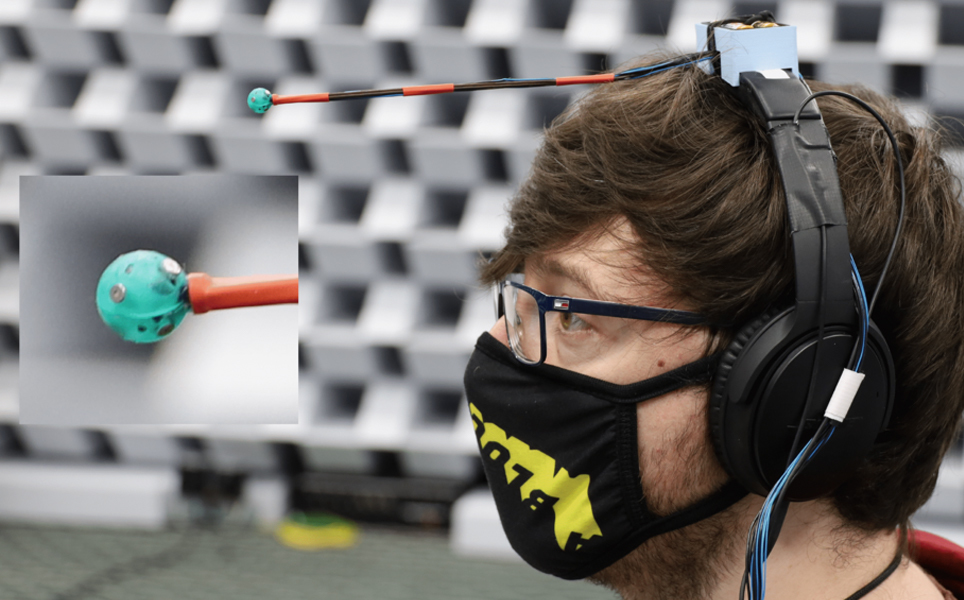
Heightened hearing
4. Low doses of 'laughing gas' could be fast acting, highly effective treatment for severe depression
A study by the University of Chicago and Washington University found that a single inhalation session with 25% nitrous oxide was nearly as effective as 50% nitrous oxide at rapidly relieving symptoms of treatment-resistant depression.
Commonly known as ‘laughing gas’, nitrous oxide is often used as an anaesthetic for short-term pain relief in dentistry and surgery.
A previous study investigated the effectiveness of a one-hour inhalation session with 50% nitrous oxide gas. The results showed that it rapidly improved patients’ depressive symptoms but caused negative side effects in many patients. In this comparative study, treatment with the lower dose of nitrous oxide caused far fewer adverse side effects, and after a single administration, improvements in depression symptoms lasted for two weeks in some patients.
Results from this study suggest that nitrous oxide could provide a rapidly effective treatment for patients whose depression is not responsive to commonly used antidepressant medications.
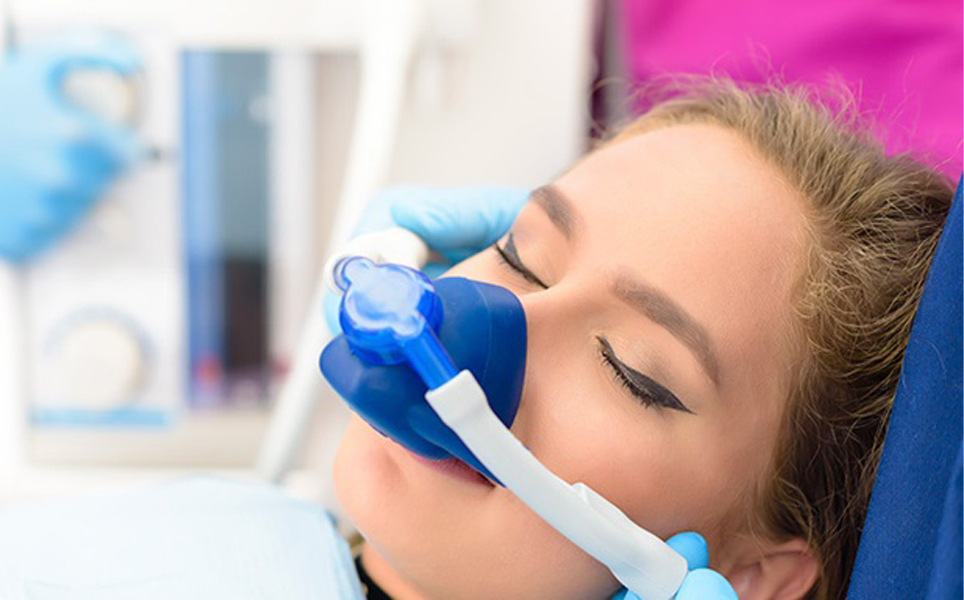
New potential treatment for depression
5. Omega-3s may hold key to unlocking blood-brain barrier
A three-dimensional structure of the transporter protein that lets omega-3 fatty acids enter the brain has been elucidated by scientists at Columbia University. The structure shows how omega-3 molecules bind to the transporter to enter the brain, making way for the development of drugs that mimic omega-3s, and can therefore use the same transporter to enter the brain.
The transporter that lets omega-3s cross the blood-brain barrier is called MFSD2A. Single-particle cryo-electron microscopy was used to obtain millions of images used to create the 3D map of the protein. It was discovered that MFSD2A contains a bowl-like shape, and omega-3s bind to a specific part of this bowl.
The researchers are now investigating how omega-3s are first recognised by the transporter, with the hope that results could lead to a new way of delivering drugs to the brain.
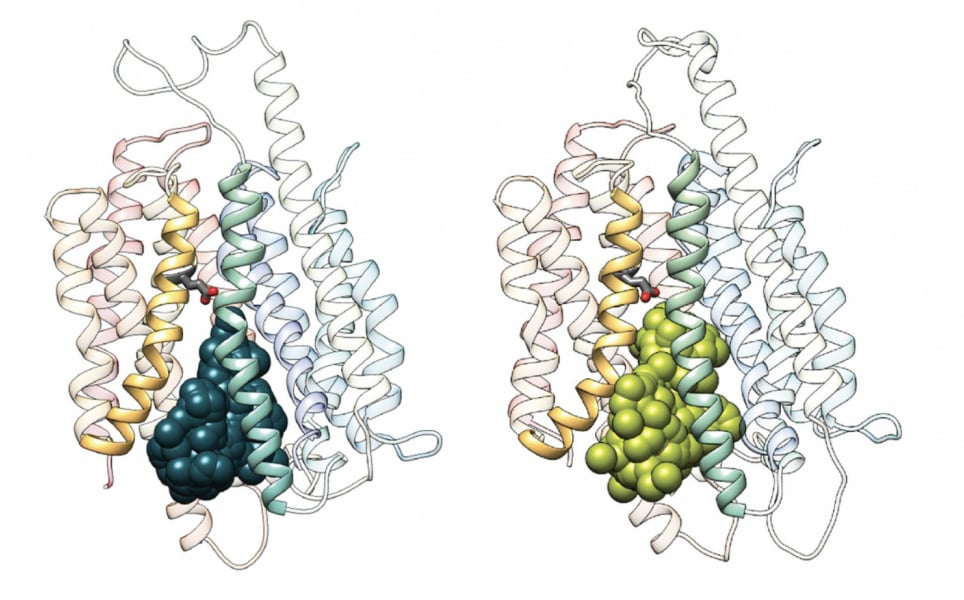
Delivering drugs into the brain
6. Study suggests scientists may need to rethink which genes control ageing
Scientists at NIH have discovered that bacteria may play a critical role in controlling ageing. In fruit fly experiments, antibiotics extended the lives of flies and changed the activity of genes thought to control ageing. These results suggest that only 30% of genes thought to control the ageing process throughout the animal kingdom, from flies and worms to humans, may be directly involved in the ageing process.
Experiments showed that new-born male flies that were raised on antibiotics, preventing bacteria growth, had their lives extended by six days, from 57 to 63 days. This is the human equivalent of an additional 20 years of life. Genetic techniques were used to monitor gene activity, leading to the researchers discovering that many links between fruit fly age and gene activity were broken when the flies were raised on antibiotics.
Throughout the study, the fruit flies looked like 30-day old control flies, no matter their age. This was due to no activity in around 70% of the genes that the researchers surveyed. This included genes that control stress and immunity. In the remaining 30% of analysed genes, it was found that the antibiotics slowed down the rate at which the activity of these genes changed, leading to the flies having an extended life. Many of these genes are known to control sleep-wake cycles, suggesting a link between the internal body clock and ageing.
Future experiments will aim to locate the exact genes involved in the ageing process, with the hope of one day being able to combat ageing.
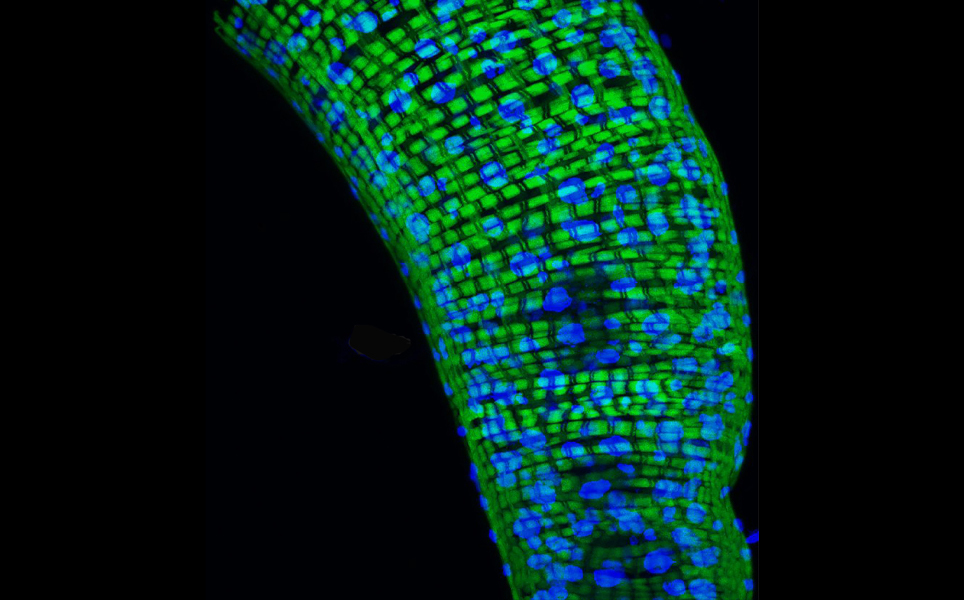
Is bacteria making us age?
7. Can a calculator predict your risk of dementia?
Scientists at Ottawa Hospital, the University of Ottawa, the Bruyère Research Institute and ICES have developed an online calculator for individuals over 55 and over to better understand the health of their brain and how they can reduce the risk of a dementia diagnosis in the next five years.
It is thought that around a third of cases of dementia could be prevented by making lifestyle changes such as increased physical activity, healthy eating and reducing alcohol and tobacco use. The calculator can be used by individuals in their own home, to assess their dementia risk and understand how their lifestyle could be modified to reduce their risk of dementia.
Determining dementia risk
8. Studies reveal skull as unexpected source of brain immunity
Two mouse studies by researchers at Washington University School of Medicine in St. Louis have identified that some of the immune cells that patrol the meninges, the tissue surrounding the brain and spinal cord, are derived from bone marrow in the skull.
These skull-derived immune cells migrate straight from the skull to the brain through special channels, without entering the bloodstream, and are thought to be responsible for maintaining a healthy state, protecting the brain from infection.
However, there are other immune cells, travelling to the brain via the bloodstream, which carry genetic signatures that cause them to promote autoimmunity and inflammation, driving neurodegeneration. These cells become more abundant with age or in disease or injury.
This understanding of the source of immune cells involved in neurological conditions, and how they behave, will enhance our understanding of these conditions and help with the development of new and improved therapeutic approaches for them.
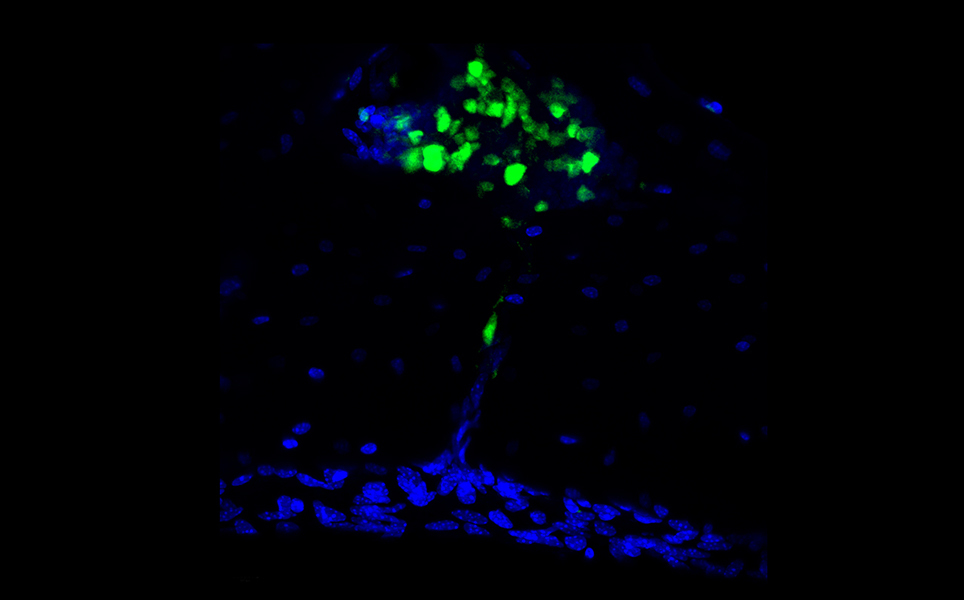
Protecting the brain
9. Understanding gut inflammation may hold clues to mitigating Parkinson’s onset
Chronic inflammation in the gut may enhance processes that give rise to Parkinson’s disease, a study by the Van Andel Institute and Roche suggests.
Using a mouse model of gut inflammation combined with large-scale epidemiological studies, the researchers discovered a link between Parkinson’s and inflammatory bowel conditions. Epidemiological data also suggests that people whose inflammatory bowel disease is treated with the anti-inflammatory therapy, anti-TNF, have a reduced risk of developing Parkinson’s. This suggests that reducing gut inflammation could reduce the risk of Parkinson’s disease.
It was discovered that chronic gut inflammation triggers the alpha-synuclein protein to clump together in the walls of the colon. These alpha-synuclein aggregates are also known to develop in the brains of people with Parkinson’s, resulting in loss of neurons, reduced dopamine production and onset of symptoms. The study demonstrated that chronic inflammation in the gut in early life can exacerbate clumping of alpha-synuclein in the brains of older mice.
These results have demonstrated a link between gut inflammation and Parkinson’s disease, providing a basis of further studies to better understand this link and help develop treatments to halt disease onset and progression.
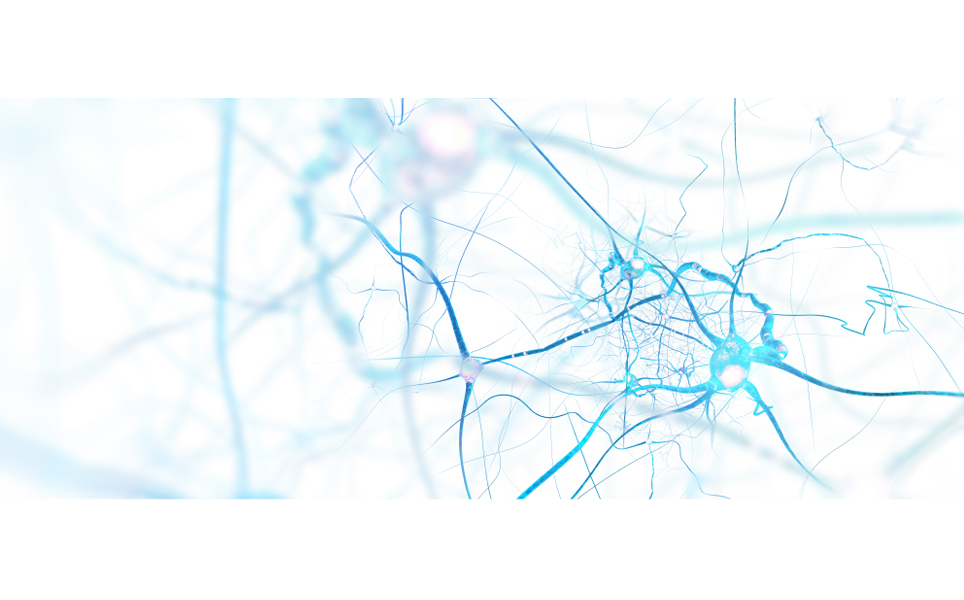
Further evidence of gut-brain connections
10. Saturated fatty acid levels increase when making memories
Levels of saturated fatty acids in the brain increase during memory formation, scientists at the University of Queensland have discovered. This research provides new insights into how memories are formed.
Previously, polyunsaturated fatty acids were thought to be important for health and memory, however, the study has unexpectedly shown that saturated fatty acids may play an important role. The brain, which is 60% fat, requires fatty acids for energy, structure and transport of messages between cells. The amygdala, which forms new memories related to fear and strong emotions, was found to have the highest concentration of fatty acids.
The results will have a large impact on synaptic plasticity, which enables neurons to communicate, learn and form memories.
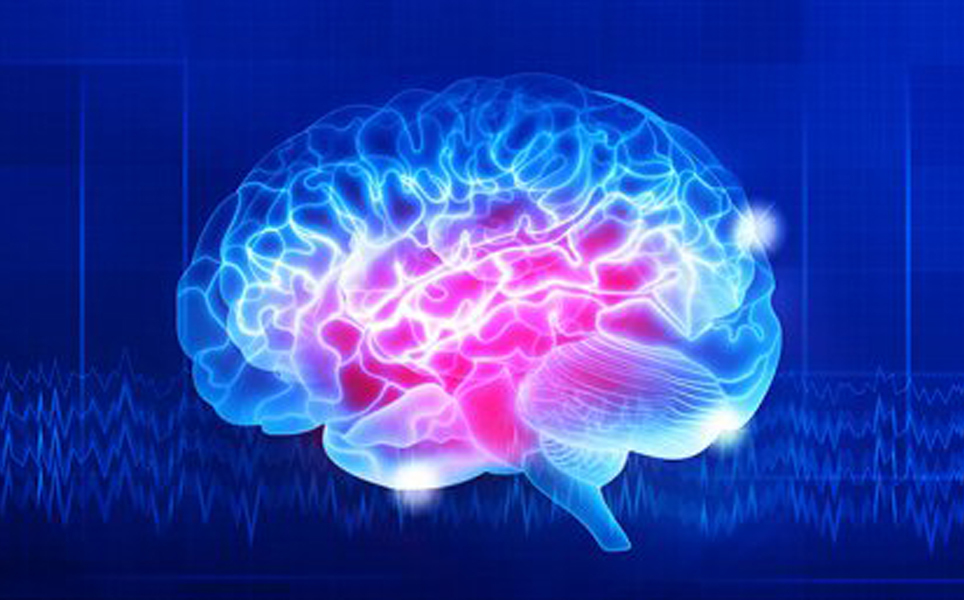
Surprising importance of saturated fatty acids
Banner image credit: Giniger lab NIH/NINDS.

)